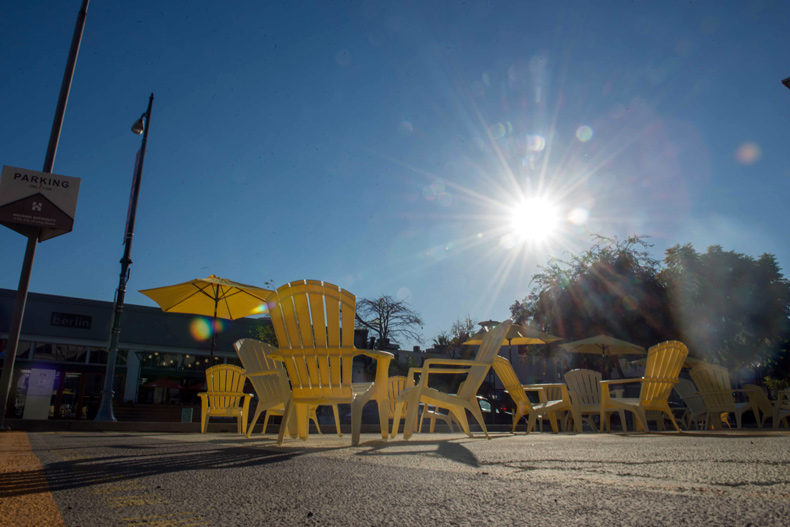Mar 18, 2013 8 Questions with Brian Ulaszewski
Brian Ulaszewski is the Executive Director of a fascinating nonprofit design studio called City Fabrick, located right here in the heart of Long Beach. “City Fabrick redefines the physical environment for people through urban design, planning and policy that enhance the livability of communities and the health of residents in Long Beach.” This includes improving the walkability of neighborhoods, accessible safe park space, safe streets, vibrant commercial districts, and much more. Some of their best known projects include Armory Park, a realigning of downtown LB streets to create a park while removing the most dangerous intersection in the city; The Yards, a plan to repurpose underutilized space in West Long Beach to create a park and a buffer from the port; Walk Long Beach, in partnership with the community, to advocate for pedestrian safety improvements; and Park[d] Plaza, the first of a series of temporary urban interventions, using creative applications. Read on to learn more about Brian, and stay tuned for more great projects from City Fabrick in 2013. And don’t forget to check out their Facebook page!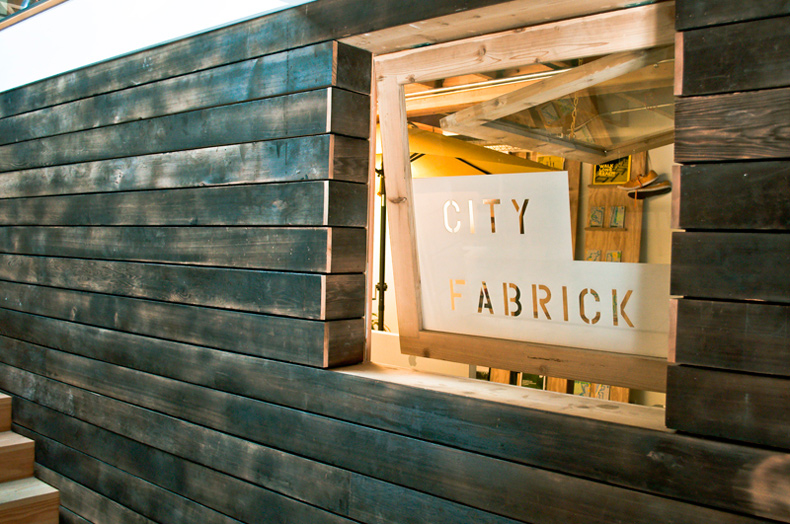
What are you currently working on?
We are working on a lot of things right now: Currently we are developing conceptual plans for shutting down a portion of a freeway in West Long Beach ] and are designing a couple temporary parks for some neighborhoods lacking open space, all while building tetherball courts in Downtown Long Beach.
How would you describe your job?
We are creative problem solvers for the physical environment.
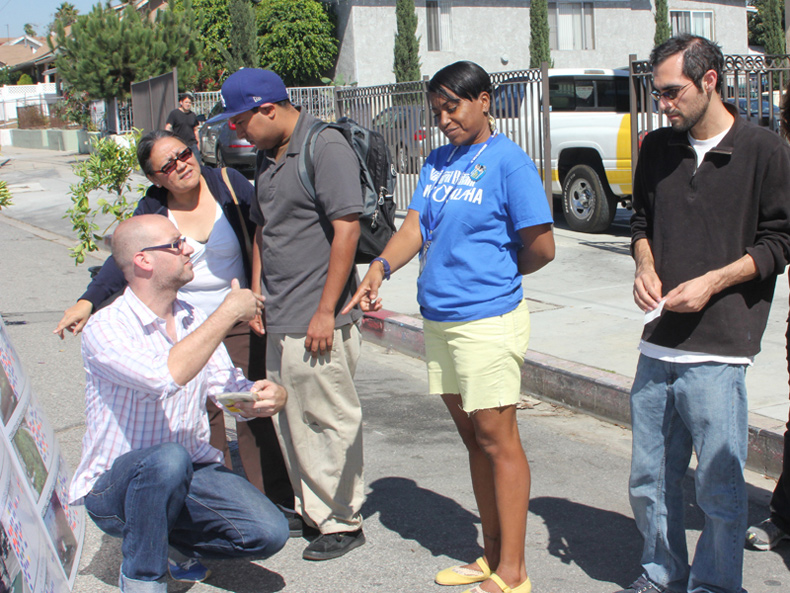
What does your average work day look like?
We have not really had an average day yet, our work spans blue-sky thinking to getting into the weeds of design details to actually physical build things.
Where do you find inspiration?
We find inspiration from opportunity; from the ones that have been missed for years to the ones only now possible because of current conditions.
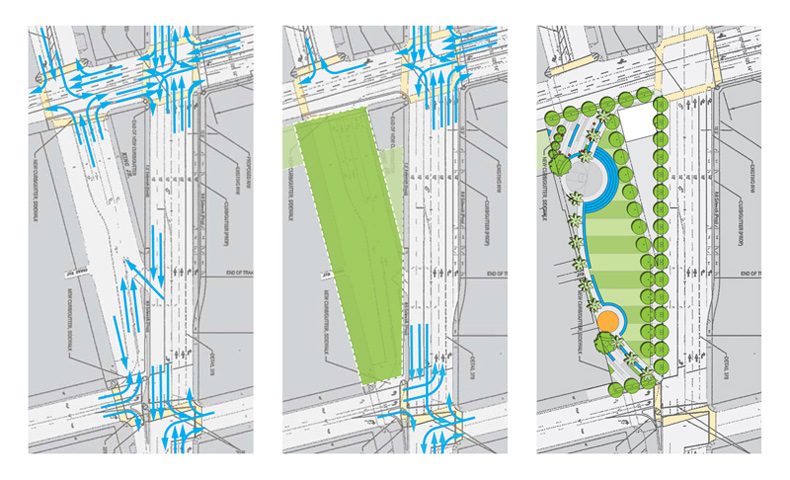
What’s the best thing about working in Long Beach?
The size, diversity and physical makeup of Long Beach make it an ideal laboratory for retrofitting, repurposing and generally hacking the physical environment.
As a kid, what did you want to be when you grow up?
I had always wanted to be an architect. There has been a gradual progression from designing high-end modern homes to designing larger, more populous projects like traffic calming improvements and affordable housing developments to ultimately doing what we do now.
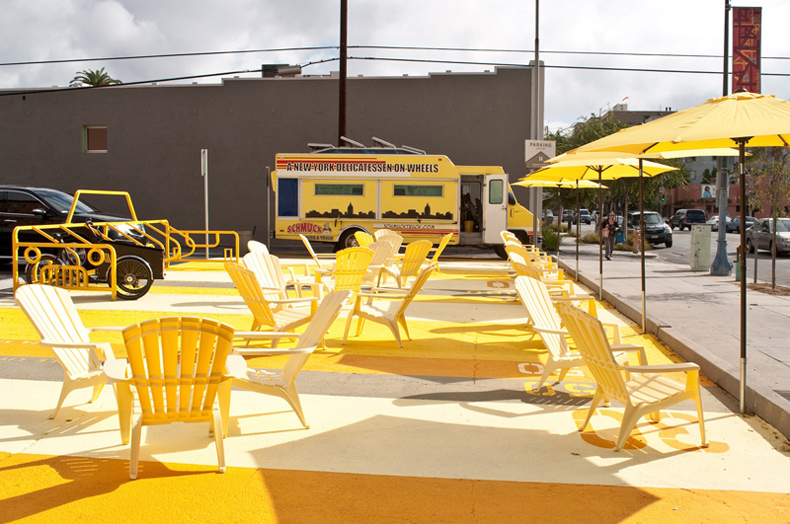
What are you reading at the moment?
I am rereading Hassan Fathy’s Architecture for the Poor.
What’s your favorite post-work destination?
District Wine [144 Linden Avenue] is typically a good place to interact with some of our community partners, other design professionals and government officials.
